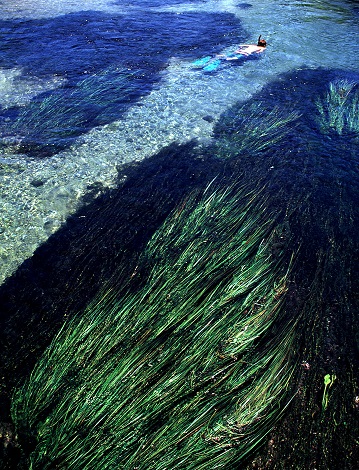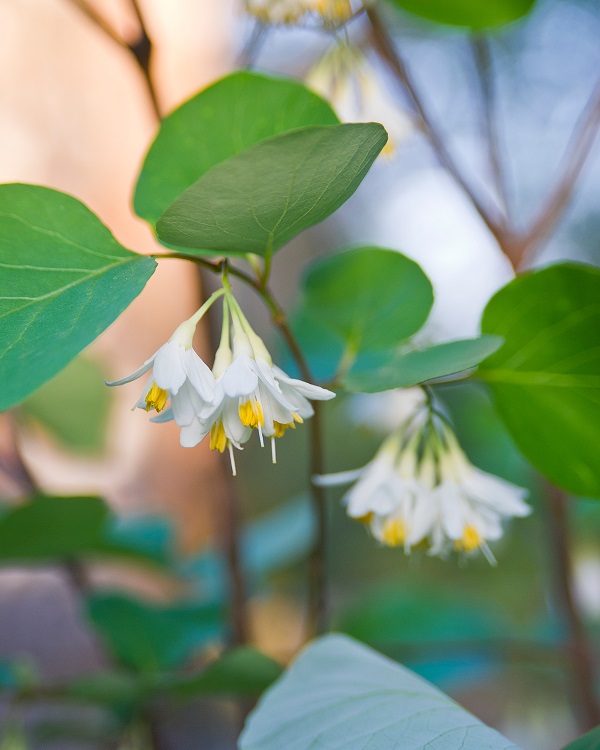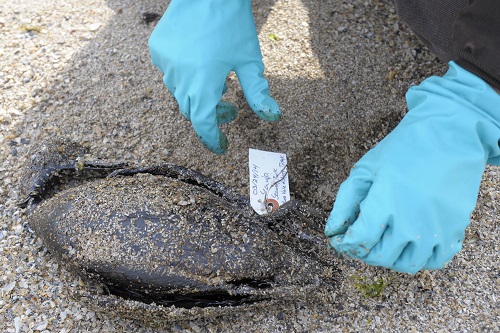Outdoor Activity: Picnicking in State Parks
Friday, May 9th, 2014
This is Passport to Texas
May kicks off picnic season in Texas and Angela Shelf Medearis—an Austin-based author and cook whose moniker is The Kitchen Diva—shares tips for a stress-free picnic in the park.
62— Well, let me give you Diva Picnic 101. For one – make foods that you could do in advance. If I was doing a picnic, I would have something like a really good roast chicken; just cut the pieces up and pack those in there. I do a Carolina Cole Slaw; you toss it up, throw it in the refrigerator – it gets better day-by-day. So, if you want to do that ahead you could. You don’t have to worry about having to do everything that day. That takes all the fun out of the picnic to me if you’re trying to do all the food prep, and pack everything, and get everybody to the park. So, start your picnic a few days ahead. Use a lot of fresh fruits for dessert. The thing about a picnic that I love is you can totally unplug and really focus on the people you should be paying the most attention to. You can get out in nature; we have some beautiful parks. Some beautiful places to go in Texas. And, it gives you a chance to really focus on the most important things: your family, nature, the beauty of life… So, do a little planning ahead, and pick dishes that will be fine hot or cold, and you can’t go wrong for a great picnic.
Watch the Diva prepare her Cole Slaw recipe at passporttotexas.org.
For Texas Parks and Wildlife, I’m Cecilia Nasti.





 Passport to Texas is a
Passport to Texas is a  Passport to Texas is made available by:
Passport to Texas is made available by: